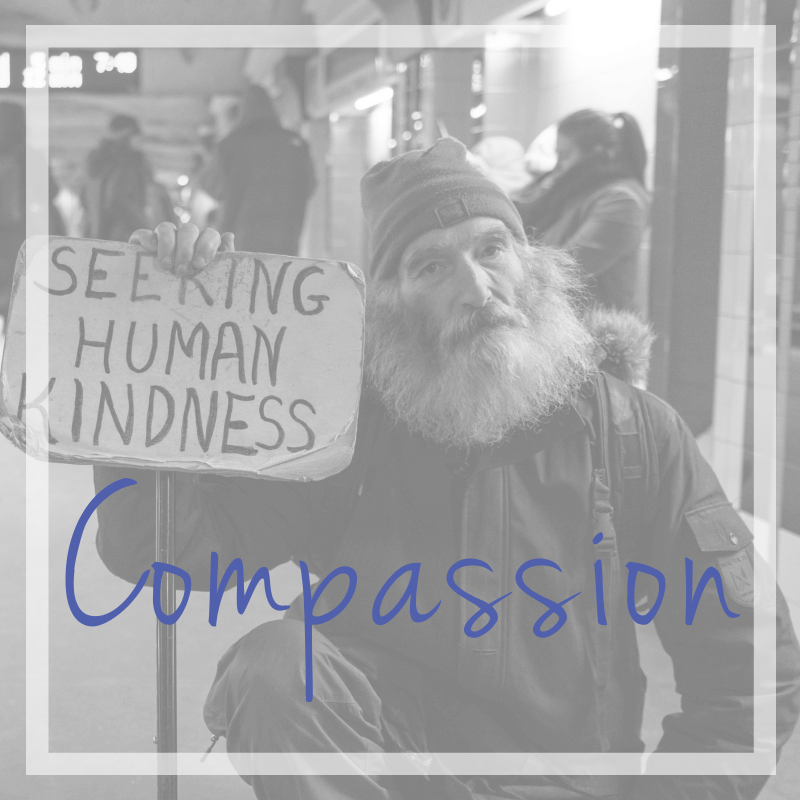Generosity is a powerful principle of yoga.
A few weeks ago I was talking to a fellow yoga teacher and she said something that stopped me in my tracks. You know that feeling you get when someone says something so good that you just have to stop for a second to let it sink into your bones? She said to me, “Ashley, I’m just looking for ways that I can best serve my students and community.” That spirit of service thrives in the principle of generosity.
Service is more than just lending a hand. When you embody the principle of generosity you actively seek out opportunities to serve those around you be that your family, friends, students, clients, colleagues, neighbors, or strangers. It doesn’t feel forced. It’s a natural extension of who you are and how you want to show up in the world. You serve because it’s the right thing to do and it’s what you believe in.
The thing about generosity is that to authentically give you have to feel content, secure, and confident in your Self. And that’s where the challenge lies. Too many of us don’t feel comfortable enough with who we are, how much we know, our own self-worth, or our financial situation. Instead of going out into the world to share and give what we have, we hide.
It’s easier to give when you feel like you have something to give. If you feel like you are lacking energy, time, knowledge, money, or resources it will be harder to show up to give when you’re running on low (or empty). Therefore, practicing generosity requires a mindset shift. To truly live up to the principle of generosity, you must feel abundant and worthy in your own right. You can’t just volunteer once a year or donate a little here or there, although that’s a great start. To embody generosity you have to first embody abundance.
My long, winding path to giving
This mindset shift has taken a long time to ripen in my own life and practice. I distinctly remember a moment during my senior year in high school when I took a quiz to determine what major I should choose in college. I took the quiz for fun (I was one of those annoying kids who already knew exactly what I wanted to do); I wanted to make sure that what I wanted to do was condoned by those quiz creators (obviously they were the all-knowing gods that determine everything…self-worth/self-confidence red flag #1).
Luckily for me, my already-chosen major (journalism) was on the list of “approved” majors for my temperament and personality. But what I remember so distinctly was my dismay at the description for why journalism was a good fit. Apparently people who are drawn to journalism like that profession because they get to help people by pursuing the truth. I literally recoiled at the word “help”. I actually said out loud: “I don’t know what this is talking about. I don’t want to help anyone. I want to be a journalist because I just want to write.”
Looking back I’m wondering if part of the recoil was my True Self repulsed at my own disinterest in service. Something wasn’t quite right in that moment but it wasn’t that the quiz creators misidentified the motives of journalists when choosing their career paths. It was my utter lack of compassion for humanity.
Turns out journalism wasn’t for me. I guess I needed a more direct route to service than truth-excavating (although, in all fairness, yoga is the practice of truth-excavating in its purest form). Over the years, my yoga practice has built up my capacity for compassion. This is why that statement I mentioned above from my colleague: “I’m just looking for ways that I can best serve,” hit a nerve. There it was. The mindset of generosity embodied.
This year, especially as we’ve faced unprecedented hardships through the global COVID-19 pandemic, I’ve actively looked for ways to serve. Not because I feel obliged or because I’m trying to show other people how virtuous I am. I give when it feels right and because, shocker 😮, I truly do want to help.
I offered free and donation-based online classes when yoga studios started shutting down. I taught for free when yoga studio owners couldn’t pay me. I made donations to a food bank and a hospice care facility. I shared my knowledge with fellow teachers struggling to get set up online. I wrote letters to voters during election season encouraging people to vote. And this Thanksgiving, since we can’t be with family, I proposed that our immediate family find a safe, stay-at-home volunteer opportunity where we could support communities in need. We’ll be putting together care packages and dropping them off at the local YWCA.
There are so many ways you can be of service and generously offer your time, money, connections, resources, and Self. Offering up what you have to those who have less is inherently part of the yoga practice when it is done freely, without any expectation of return, from a grounded place of security, and when it is offered from the heart just because.
The Yoga Sutra
Sutra 2.37: When you really begin to live with the attitude of giving, you will receive everything you ever need and want in return.
Generosity shows up in the Yoga Sutra in the Yamas, the first of the eight limbs of yoga. Asteya is the Sanskrit word commonly translated as non-stealing. And while it is important to not steal (and that applies for more than just objects and things), not doing something is different than doing something. The opposite of stealing is giving.
If you are in a situation where you need to steal, then you’re not operating from an abundance mindset. Something inside you is urging you to take what isn’t yours because you don’t have what you need or you can’t connect with a sense of security in your own life. But when you can connect with your own sense of security, worth, and wholeness, then there is no need to steal. In fact, when you are content with who you are and what you have then you can turn around and start sharing some of your comforts, joy, and security with others. This is the principle of generosity, asteya, in action.
Put generosity into practice
You can practice generosity by giving yourself the space and time to show up for yourself. Give yourself the space and time to connect with your True Self so that you can connect with the most whole and most real version of you. The way you go about that will be different for everyone, but asana practice, breathing practices, and meditation practices are all great places to drop into your True Self.
Paradoxically, practicing generosity can sometimes be uncomfortable. Try a yin yoga class to practice getting comfortable with discomfort. Challenge yourself in asana by practicing an arm balance or inversion that scares you (take it step-by-step!). Or maybe it’s a hip opener or a backbend that challenges you. Spend some time exploring that discomfort in a healthy way.
As a yoga teacher, find ways to give to your students when they least expect it. Send birthday cards if you know a student’s birthday is coming up. Give hugs when you see someone struggling if that’s your jam (now I guess I have to add the caveat that we should probably not be hugging people these days, but someday!). Reach out and send a quick text checking in with a friend, family member, or student you haven’t seen in awhile. Teach a free class, or better yet, record a class for a local non-profit, healthcare workers at your local hospital, or essential workers in your community. If you have the money, consider making a donation to a cause that resonates with you. Adopt a family for Christmas, cook up some meals for a new mom, or bake some cookies for the new neighbor that moved in down the street/hall.
This Thanksgiving be grateful for what you have, yes. That’s the first step. But then take action and offer some of what you have to those who have less. That is the practice of generosity, embodied.





